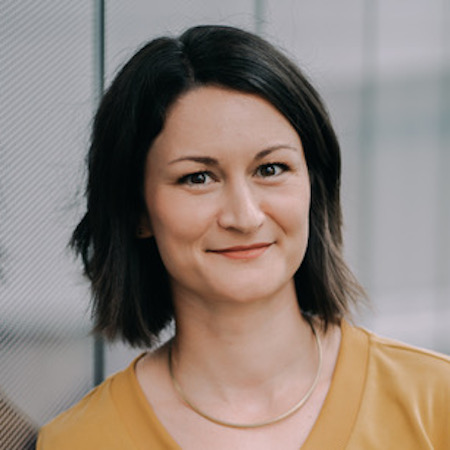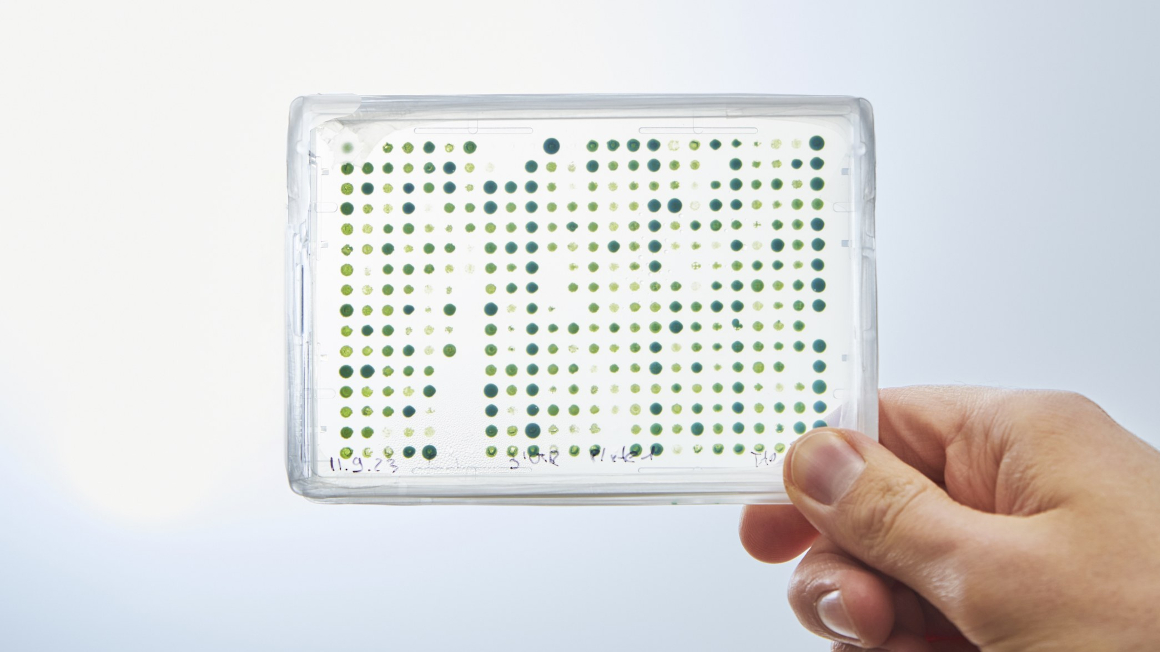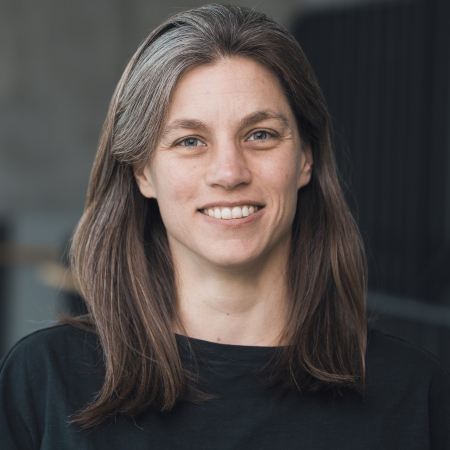“Yeasts: developing cell factory alternatives”
Lena HochreinProfession:
PhD in Molecular Biology
Position:
Head of the new BMBF junior research group "TAILOR - Customised host organisms for the bioeconomy of tomorrow"

Profession:
PhD in Molecular Biology
Position:
Head of the new BMBF junior research group "TAILOR - Customised host organisms for the bioeconomy of tomorrow"

The Potsdam junior research group TAILOR, led by Lena Hochrein, aims to optimize baker's yeast and other yeasts so that they can be used in a variety of ways as a cell factory for the bioeconomy.
Without microorganisms, there would be no bread, no cheese, beer or wine. The metabolic performance of bacteria, yeasts and molds is particularly important with regard to a sustainable economy. With their help, renewable raw materials can be transformed into new substances and customized products for the bioeconomy. Microorganisms are therefore valuable production factories for manufacturing chemicals, medicines, vaccines and fuels. The aim of Lena Hochrein's junior research group TAILOR is to make these cell factories even more efficient. The Potsdam researchers will optimize baker's yeast so that it can reliably produce a wide range of products for the bioeconomy as a cell factory. The work of the junior research group is being funded by the Federal Ministry of Education and Research (BMBF) with 2.45 million euros until 2028 as part of the "Creative Young Researchers for the Bioeconomy" funding initiative.
What is the aim of your project?
The BMBF-funded "TAILOR" project aims to optimize the microorganism yeast so that it works more efficiently as a "cell-based factory". By developing new promoters to control gene activity, we can create yeast strains that can be used in a variety of ways, for example in the production of biofuels and other bio-based products. An important focus is the application of these methods to lesser-known yeasts in order to expand their use in the bioeconomy and promote sustainable production processes.
Which factors determine the economic viability of bioprocesses?
Whether a bioprocess is profitable depends on several factors, including the efficiency and productivity of the microbial organisms used, the cost of raw materials and energy, the scalability of the processes and the market demand for the resulting products. A higher productivity of the host organisms leads to a more efficient use of resources and reduces production costs. More efficient microorganisms requiring fewer resources make bioprocesses more profitable. This can be achieved through the fine regulation of protein levels within the organisms, using specific control elements (so-called promoters) that control the multi-stage conversion of substrates into end products.
What approach is the research group taking to increase the effectiveness of bioprocesses? Which applications are you focusing on?
Our group is developing stable synthetic promoters that tolerate fluctuations in the cultivation conditions and therefore function very reliably. We use baker's yeast to develop standardized processes that can be easily transferred to other yeasts. The aim is to establish platform strains that allow rapid and efficient optimization of the desired biosynthetic pathway. In terms of application, we are currently focusing on the sustainable production of biofuels, biochemicals and proteins for the food industry.
What makes your method innovative; and how can the bioeconomy benefit?
Our method makes it possible to couple a large variety of genetic control sequences directly to target genes with virtually no cloning, which is time-consuming and costly. We are also developing light-induced gene switches that replace chemical inducers with energy-efficient LEDs, which improves sustainability. The bioeconomy benefits from more efficient, environmentally friendly production processes and versatile microorganisms that can produce a wide range of sustainable products at low cost.
What is the current state of development and what is next?
We are currently developing our methods for controlling gene activity in baker's yeast and are also testing and evaluating them in alternative yeasts such as Yarrowia lipolytica. Next steps include applying these techniques to lesser known yeasts and scaling up the processes for industrial applications. To this end, we are working closely with industrial partners to ensure that our developments are economical and efficient in practice.
Interview: Beatrix Boldt


